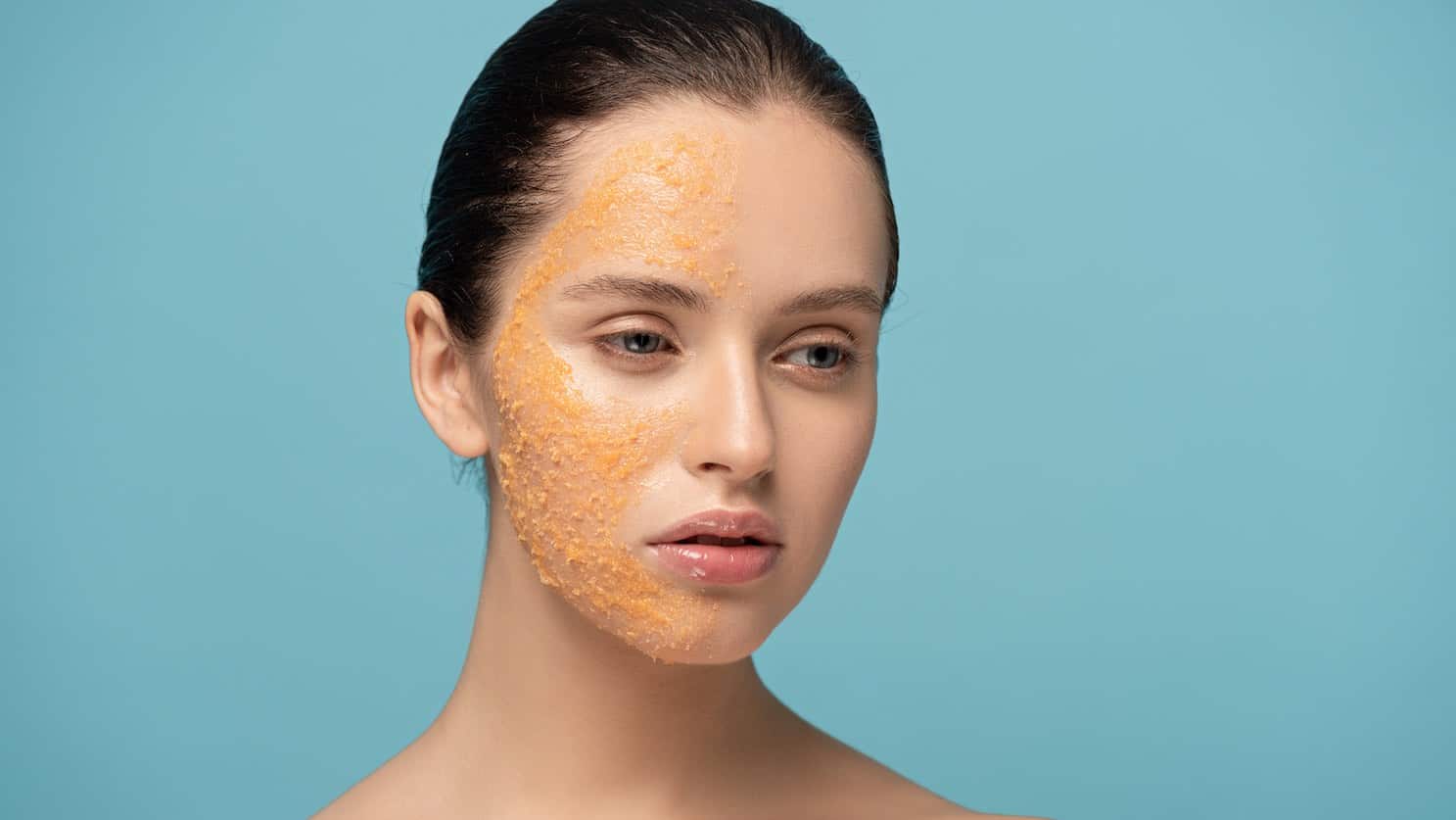We often write about skin health and beauty, frequently highlighting the benefits of exfoliation.
OVER-exfoliation is the topic of the day and it’s a doozy.
Woe to She and He Who Ignore Exfoliation
Adult skin that’s not exfoliated regularly is unhappy skin. It will broadcast its dissatisfaction with blackheads, acne, dull skin tone, and accelerated skin ageing. Your skin type will dictate how often you should normally give your skin a thorough (but gentle) exfoliation and which type of exfoliant will be effective (but gentle) on your skin:
- Oily skin/Skin prone to acne – Weekly or twice weekly with a physical exfoliant such as salicylic acid or BHA
- Dry skin – Weekly with glycolic acid or other chemical exfoliant
- Sensitive skin – Weekly with an enzyme or other chemical exfoliant
- Combination Skin – Twice weekly using a physical or chemical exfoliant or a combination
With the arrival of winter, you may be tempted to increase exfoliation. Don’t do it! Over-exfoliation can jeopardise your skin barrier, leaving your skin at risk for problems of all kinds. Here’s another problem. Exfoliation is a buzzy word in skincare because it works. That’s the reason more and more products – cleansers, brightening serums, and night creams – include exfoliating acids such as glycolic, mandelic, and lactic. When your beauty routine includes so much exfoliation, you’re not caring for your skin, you’re killing it.
A Beginner’s Guide to Exfoliation
Before we go further, Costhetics wants to make sure you have the basics on exfoliation, one of the most essential components of good skin care. One of the gifts we are born with is the gift to naturally exfoliate (shed) dead skin cells. Like many gifts of youth, however, this capability breaks down as you age. Before you know it, your once-healthy, self-regulating skin function can no longer adequately slough off dead skin cells. Happily, help exists in the form of exfoliation.
“Exfoliation keeps pores free from bacteria and dead skin cells that can further damage the delicate dermal layer, leading to dry, sore patches,” explains Marie Claire Australia. That sounds good, right? To achieve brighter, silky soft skin, you can choose among:
- Physical exfoliants – grainy scrubs, scrapping devices such as body brushes and gloves
- Chemical exfoliation – products formulated with chemicals including AHAs and BHAs
Okay. Now back to the subject at hand: too much of a good thing.
Signposts: 7 Ways to Identify Skin that’s Been Over-Exfoliated
When you over-exfoliate, you interrupt the natural life cycle of skin cells. Dead cells are removed initially when you exfoliate, but if you repeat the process too soon, you will end up sloughing away too much. This state of arrested development leads to:
- Skin that is perpetually red or pink
- Irregular patches of dry/flaky skin
- Burning, stinging feeling
- Hyperpigmentation
- Rough skin texture
- Increased frequency of bumpy, red breakouts
- Unpleasant skin tightness after cleansing
Exfoliation Done Right for Skin that Glows
The first step to correcting a problem is knowing you have one. If your skin doesn’t have the tone and texture you’ve become accustomed to, please consider whether you may be overdoing or under-doing exfoliation.
The second step is finding the right solution to your unique skin problem. That’s not always easy, given the number of products, treatments, and (to be candid) beauty care scams that are out there. In many instances, exfoliating products that promise a more beautiful complexion often contain ingredients that strip your skin of its natural oils. You think you’re treating your skin with kindness, when in fact you are disrupting your skin barrier and making it more susceptible to infection.
Which way to turn? Costhetics strongly recommends you visit a skincare pro for a consult to get the best, experience-based guidance.
